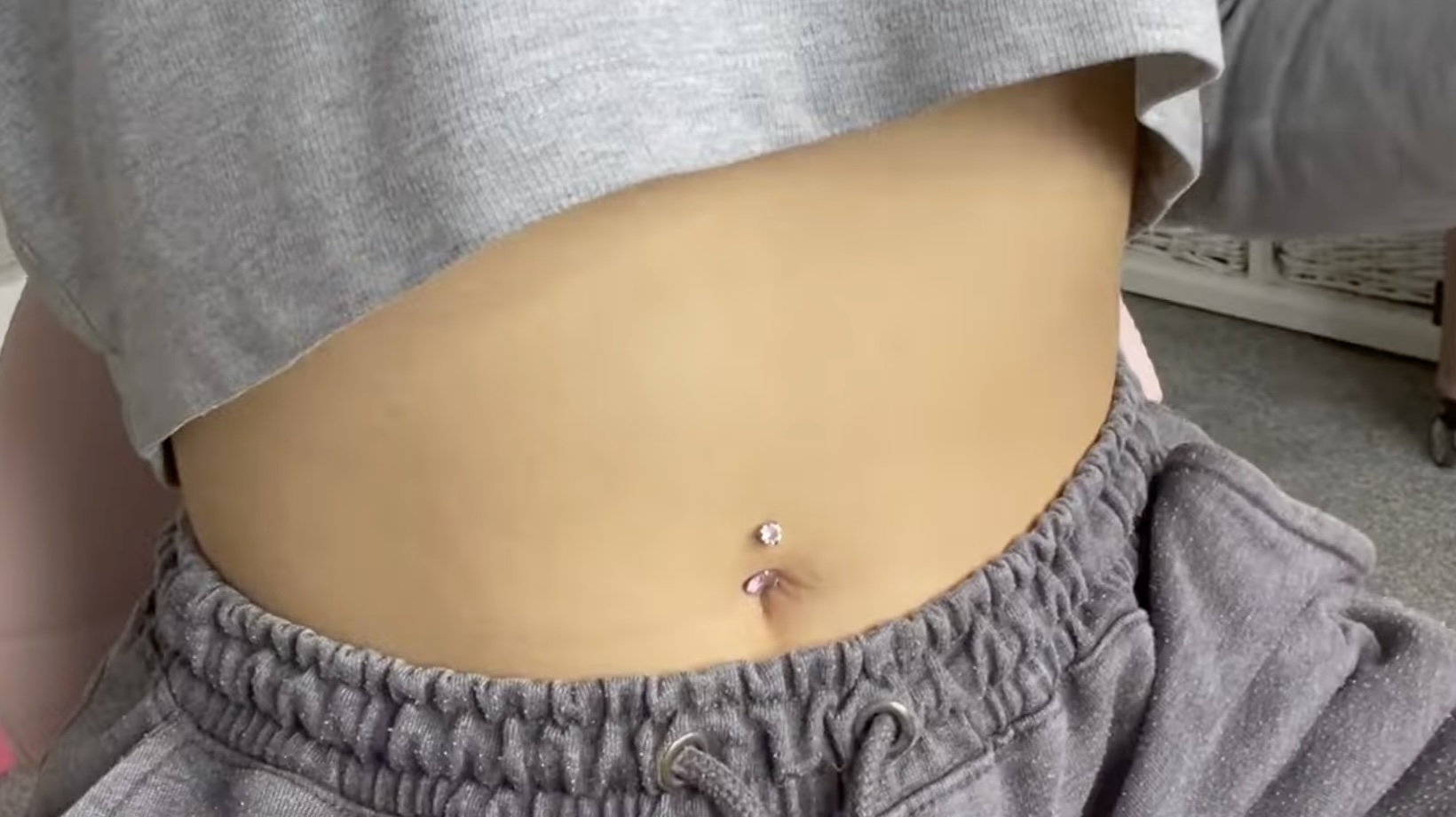
Understanding the Risks of Home Piercing
When we’re considering a DIY belly button piercing, it’s crucial to understand the risks involved. It’s not as simple as just pushing a needle through your skin. There are plenty of potential dangers that could turn this beauty endeavor into a health nightmare.
One major concern is infection. Without proper sterilization, bacteria can easily find its way into your new piercing and cause an infection. This can lead to complications such as abscesses or even sepsis in extreme cases.
- Sterilization issues: In professional settings, instruments are autoclaved (a high-pressure steam cleaner) to kill all pathogens.
- Risk of disease transmission: Reusing needles or using non-sterile equipment increases the risk of transmitting diseases like Hepatitis B and C or HIV.
Another worry is incorrect placement. If you pierce too shallow, deep, or at an incorrect angle, you may experience migration where the body rejects the jewelry and pushes it out over time.
Let’s not forget about allergic reactions. Many people don’t realize they’re allergic to certain metals until after they’ve pierced their bodies with them. Typical symptoms include redness, itching, swelling, and rashes around the piercing site.

Anatomy of a Belly Button Piercing
Before we dive into the world of belly button piercings, it’s crucial to understand the anatomy involved. The navel or ‘belly button’ isn’t just an innocuous part of your body. It’s a complex structure with its own unique set of characteristics that make it a popular spot for piercing.
First and foremost, let’s demystify the shape and area intended for piercing. The belly button is typically indented and surrounded by a small ridge known as the umbilical rim. This rim is the target spot for most common navel piercings. However, not all navels are created equal – some folks have outie belly buttons which can be more challenging to pierce but not impossible.
Belly buttons comprise both skin and scar tissue from when our umbilical cord was severed at birth. This mix gives us an interesting texture to work with during piercing – softer than regular skin yet resistant in its way due to scar tissue.
We should also note how close the belly button sits near critical organs like our intestines. While this doesn’t pose a direct risk during piercing (unless performed incorrectly), it does mean we need to be extra vigilant about cleanliness and infection prevention.
How to Pierce Your Belly Button at Home Without Kit
Before taking the plunge, let’s get one thing straight: we strongly recommend seeking professional help when it comes to body modifications. But if you’re determined to proceed at home without a kit, here’s how you could go about it.
First off, you’ll need some essential supplies. You can’t skimp on these; they’re critical for safety and sterility. These include rubbing alcohol for cleaning your skin and jewelry, a sewing needle (the thicker the better), a lighter for sterilizing said needle, ice for numbing your belly area, and earring studs as temporary jewelry until your piercing heals.
Next up, make sure you’ve properly sanitized everything – that means washing your hands thoroughly with antibacterial soap and cleaning all of your tools and the jewelry itself with rubbing alcohol.
Now that we’re all set up cleanliness-wise, it’s time to mark the spot where you want the piercing. Use a marker to dot out exactly where you intend to pierce through both above and below your navel. Numbing comes next – hold an ice pack (or just ice in a clean cloth) against the area until it feels somewhat numb.
We now come to perhaps the most nerve-wracking part: pushing through with the actual piercing! Brace yourself then carefully push the needle through one marked point on your skin and out through another point on the opposite side of the navel ring location.
Once pierced replace needle quickly with earring stud avoid closure hole or infection setting in keep this initial piece there until wound has completely healed which can anywhere from few weeks several months depending individual’s body metabolism general health conditions.





